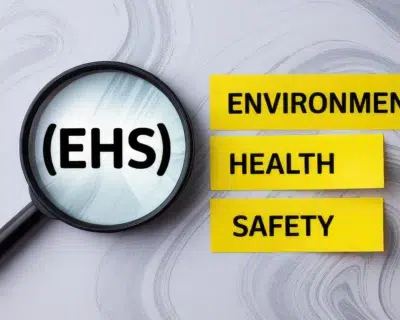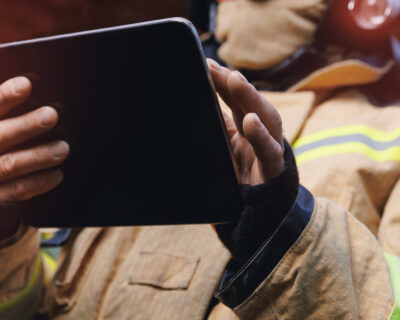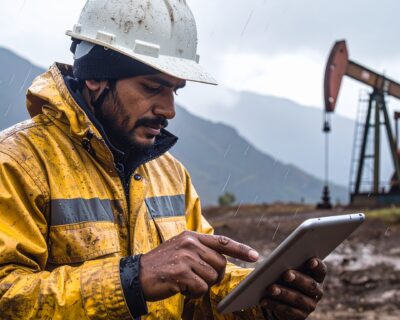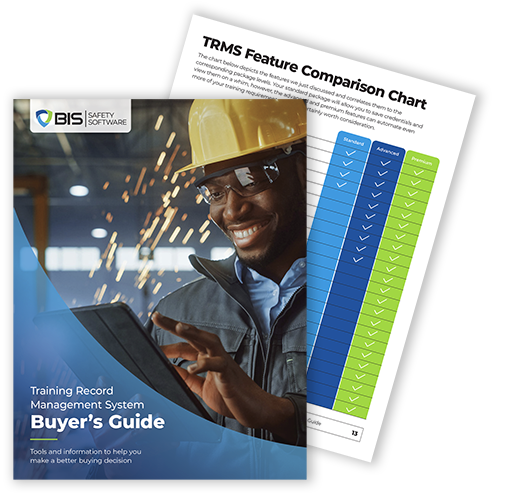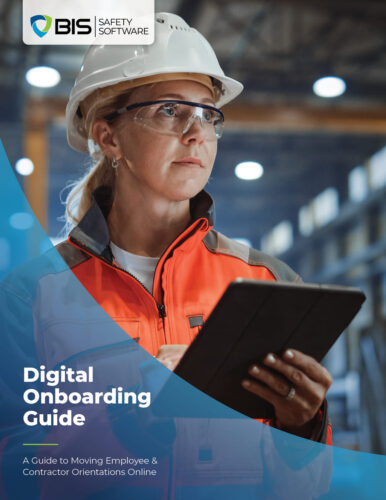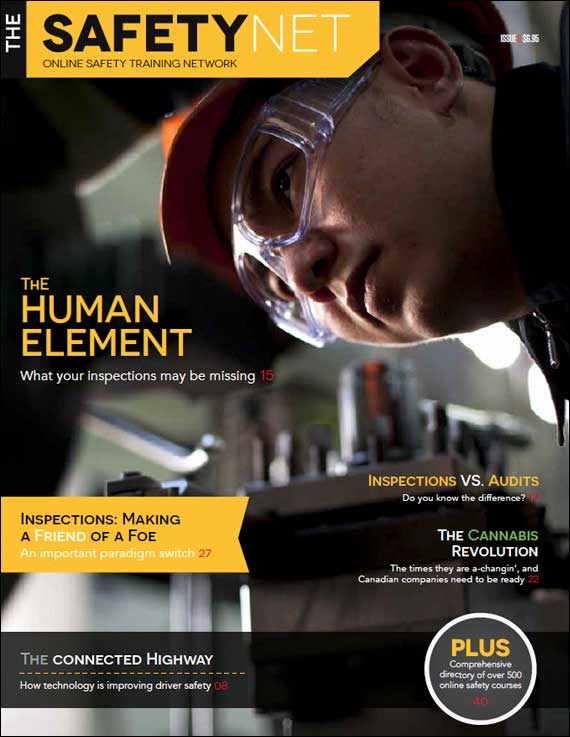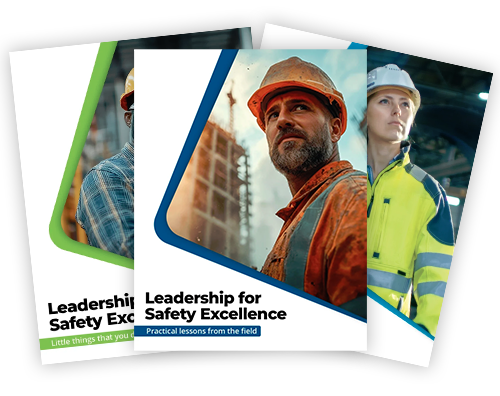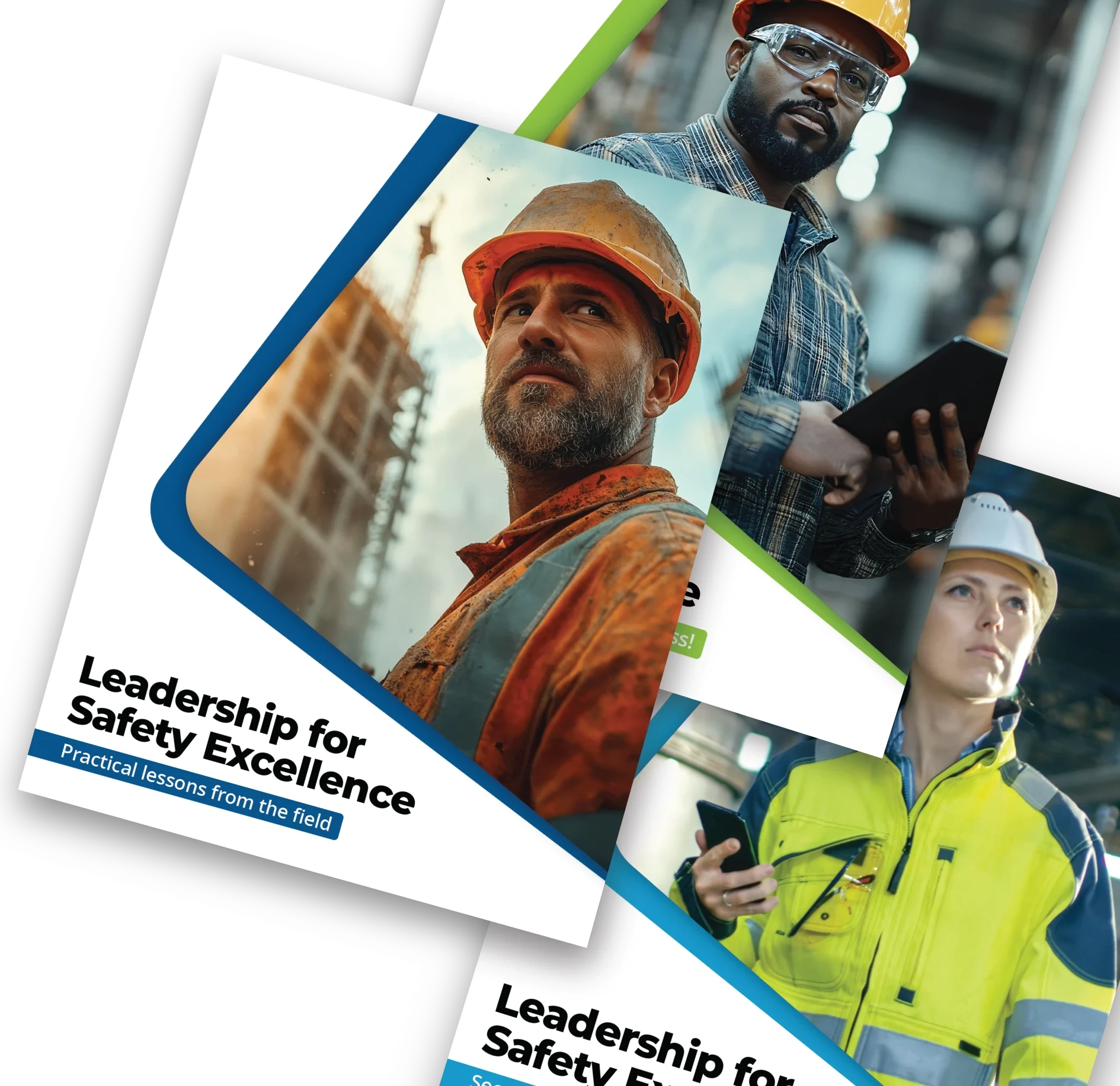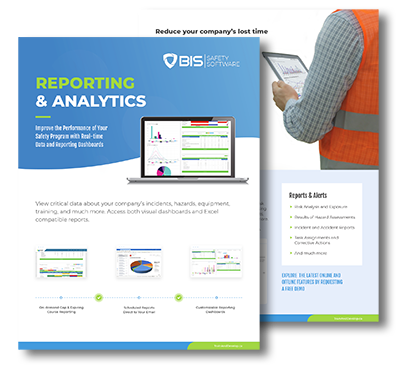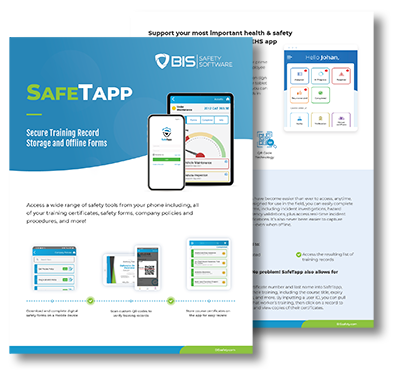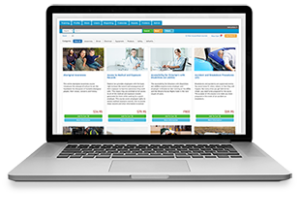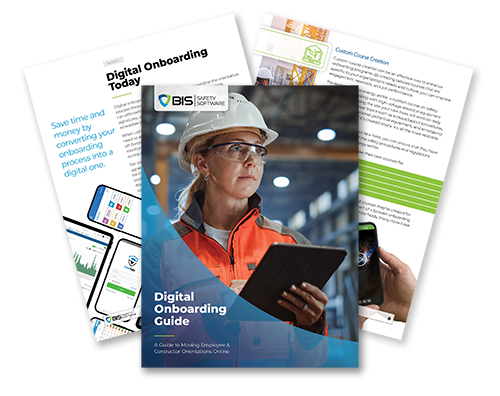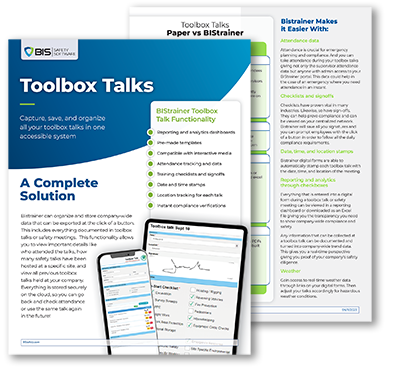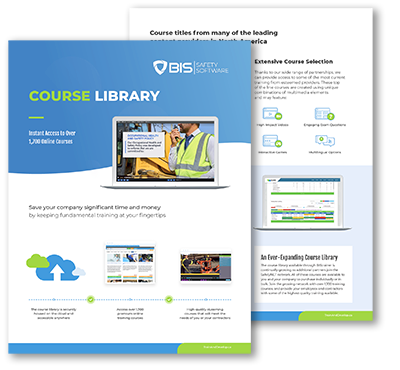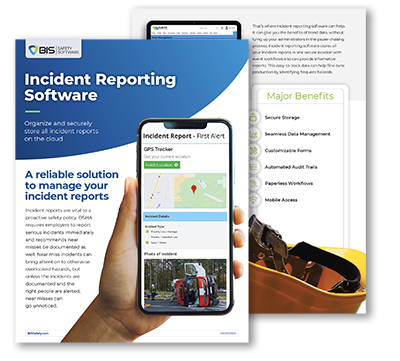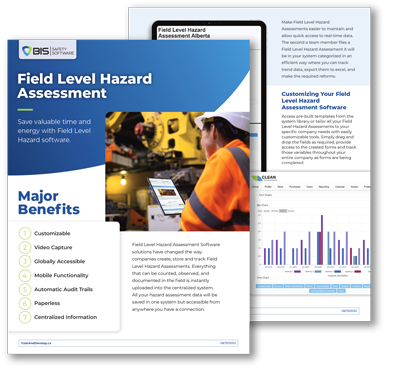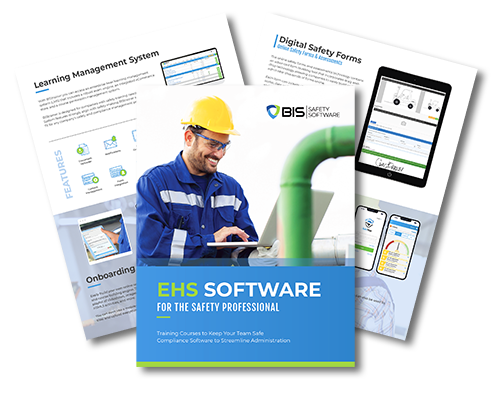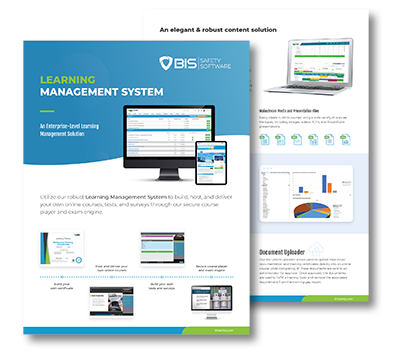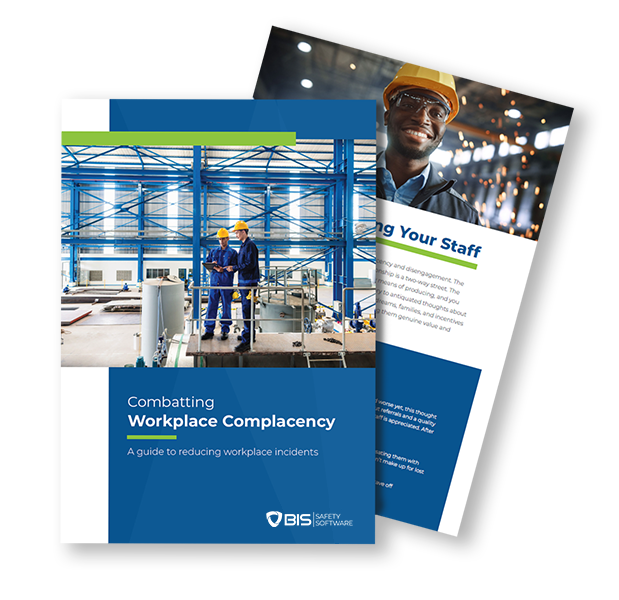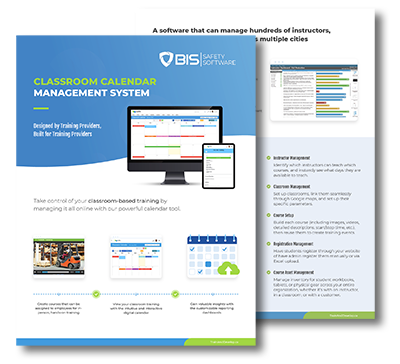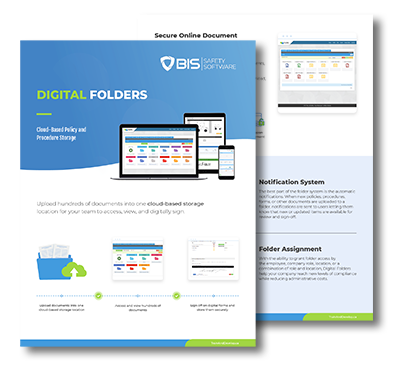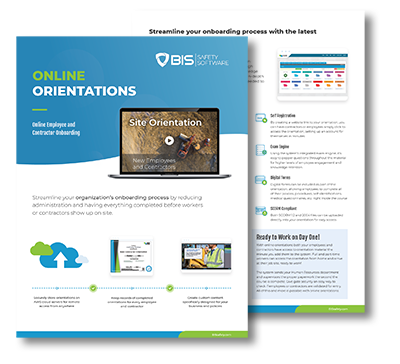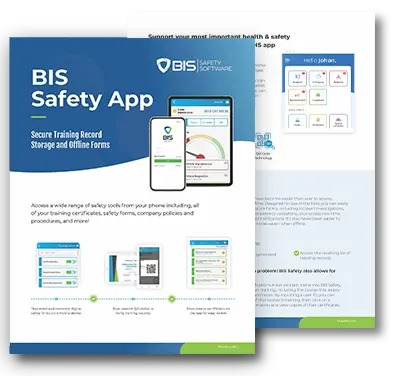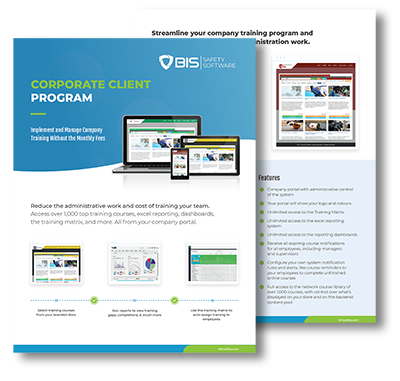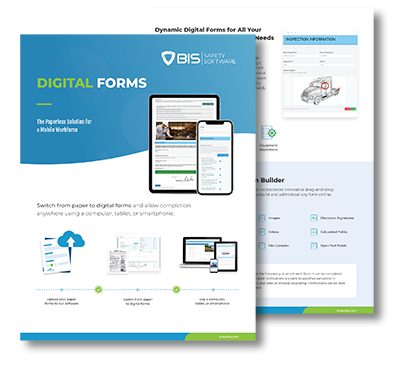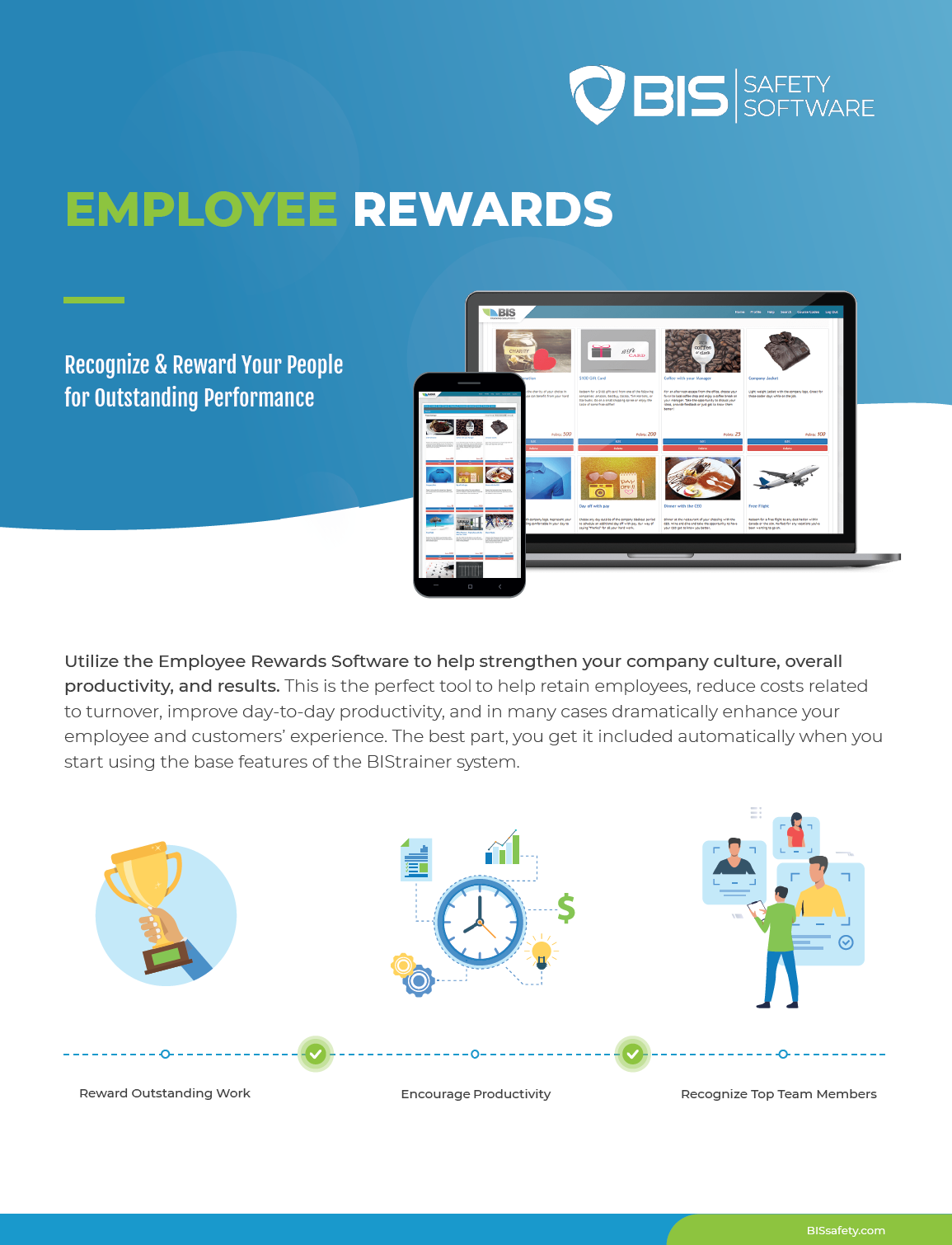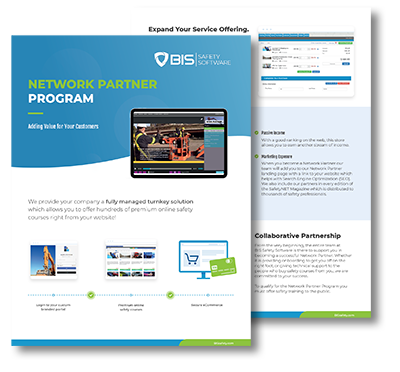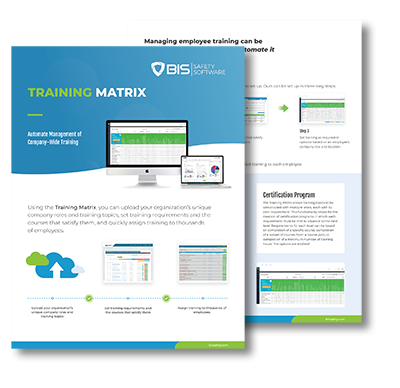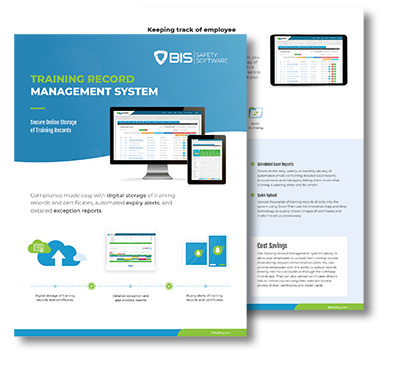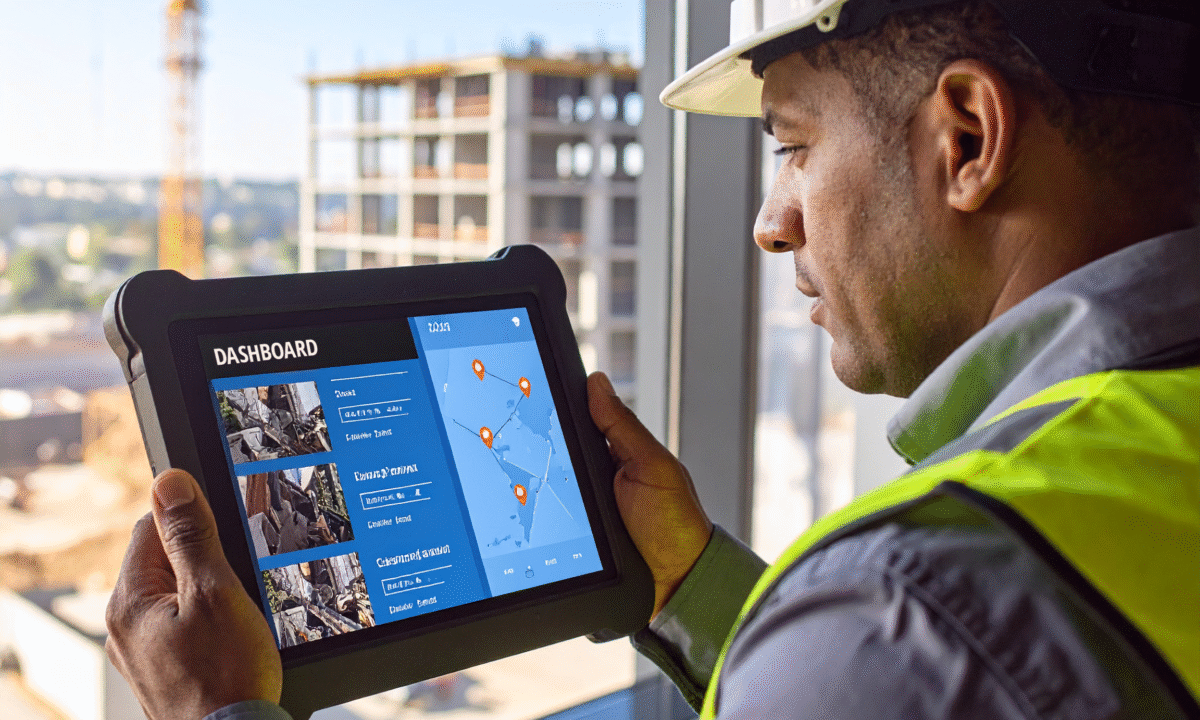
Why Real-Time Hazard Reporting Is a Game Changer
Seconds matter on a high-risk jobsite. Hazards can pop up in an instant, and when your reporting system can’t keep pace, people get hurt. Real-time hazard reporting isn’t just about convenience, it’s a shift toward faster reactions, stronger engagement, and a more resilient safety culture.
The moment a hazard is spotted, it becomes an opportunity to act. And that’s where real-time tools make all the difference.
1. Hazards Move Fast, Your System Should Too
Old-school methods like paper forms or end-of-shift emails slow everything down. By the time the issue is logged, the danger may already have passed, or worse, caused harm.
Real-time reporting means:
- Workers can snap a photo or record audio instantly
- Reports are GPS-tagged for location context
- Supervisors are alerted the moment a serious issue arises
When your system moves at the speed of the field, you’re ready to respond in real time, not just review after the fact.
2. Tools That Fit Into the Workday
If hazard reporting feels like a chore, it won’t get done. Real-time platforms remove the barriers:
- Simple mobile tools that work without training
- Smart forms pre-filled by role or task
- Offline functionality with automatic syncing
This makes hazard reporting part of the flow, not an extra burden. And that leads to more reports and better visibility.
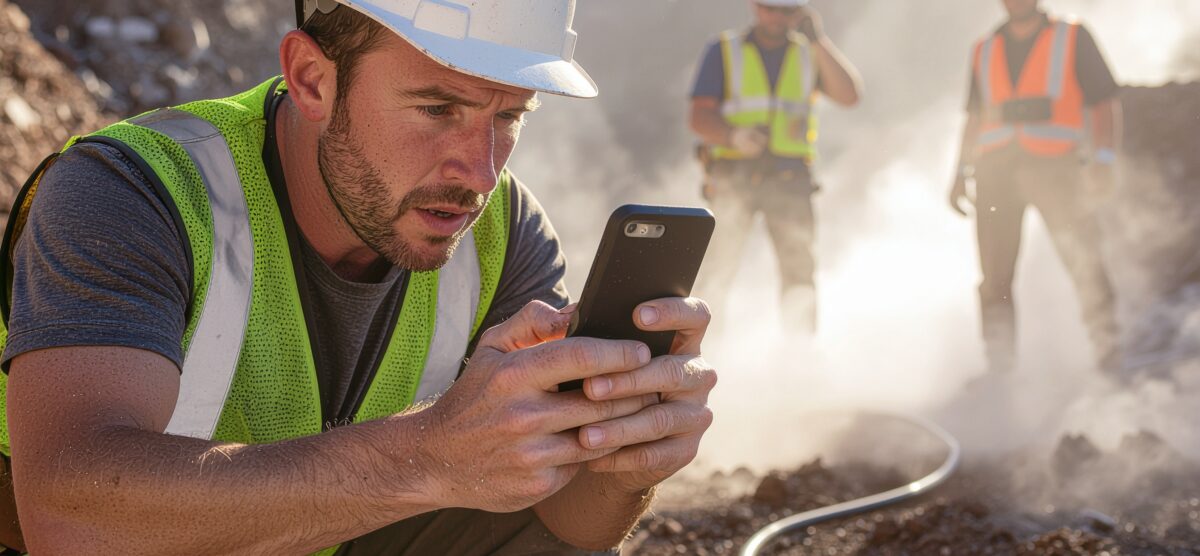
3. Field Supervisors Get Instant Awareness
Hazard visibility is only helpful if it’s timely. With real-time systems, supervisors gain:
- Immediate alerts for critical risks
- Visual proof like photos or voice notes
- Dashboards to track and assign follow-ups
Faster triage means faster fixes and safer teams.
4. More Accurate Data, Smarter Safety Decisionse Participation Early
Timely entries lead to more trustworthy data. With structured inputs, you can:
- Spot repeating hazards early
- Adjust job plans based on trends
- Back up decisions with time-stamped field data
It takes the guesswork out of safety planning.
5. Simplified Compliance That’s Always Ready
No more chasing paperwork or digging through spreadsheets.
- Entries are automatically logged and searchable
- You can track the full lifecycle of a report
- Pull data for audits in seconds
It’s a cleaner, faster way to stay compliant.
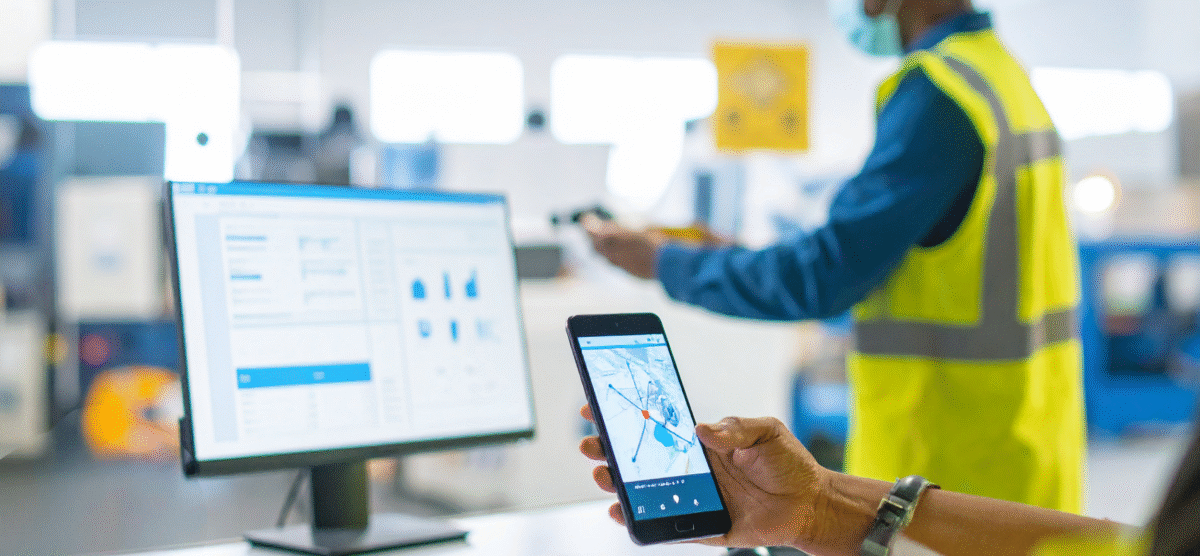
6. Build Trust Through Transparency
Real-time reporting systems reinforce accountability by:
- Showing what action was taken and by whom
- Closing the loop with field teams
- Sharing resolved issues in toolbox talks
When workers see their input making a difference, they’re more likely to speak up again. That’s how you build trust.
Final Word: Act Fast, Stay Safe
Delays cost more than time, they cost trust and safety. Real-time hazard reporting lets you act when it matters most. It’s not just the future, it’s the fix for gaps in your current process.
If your tools can’t keep up with your team, it’s time to catch up.


